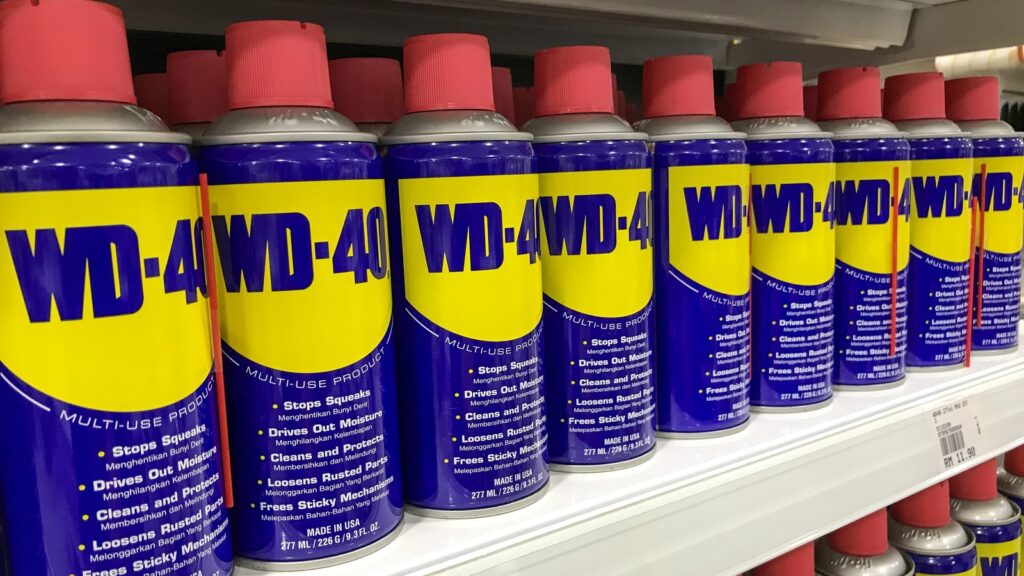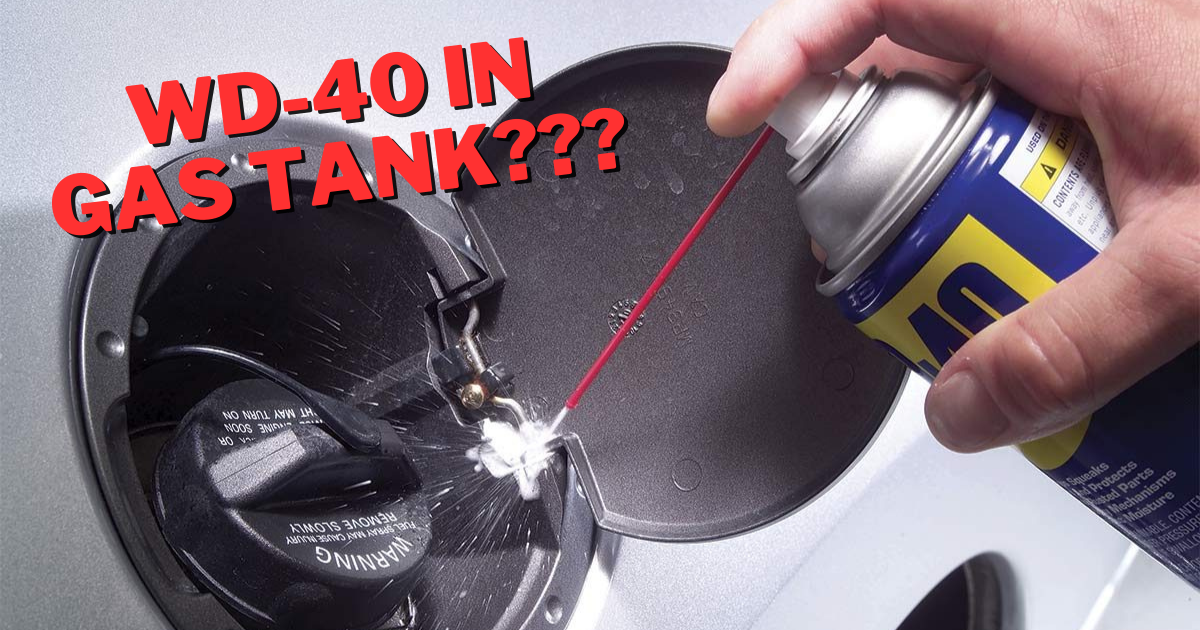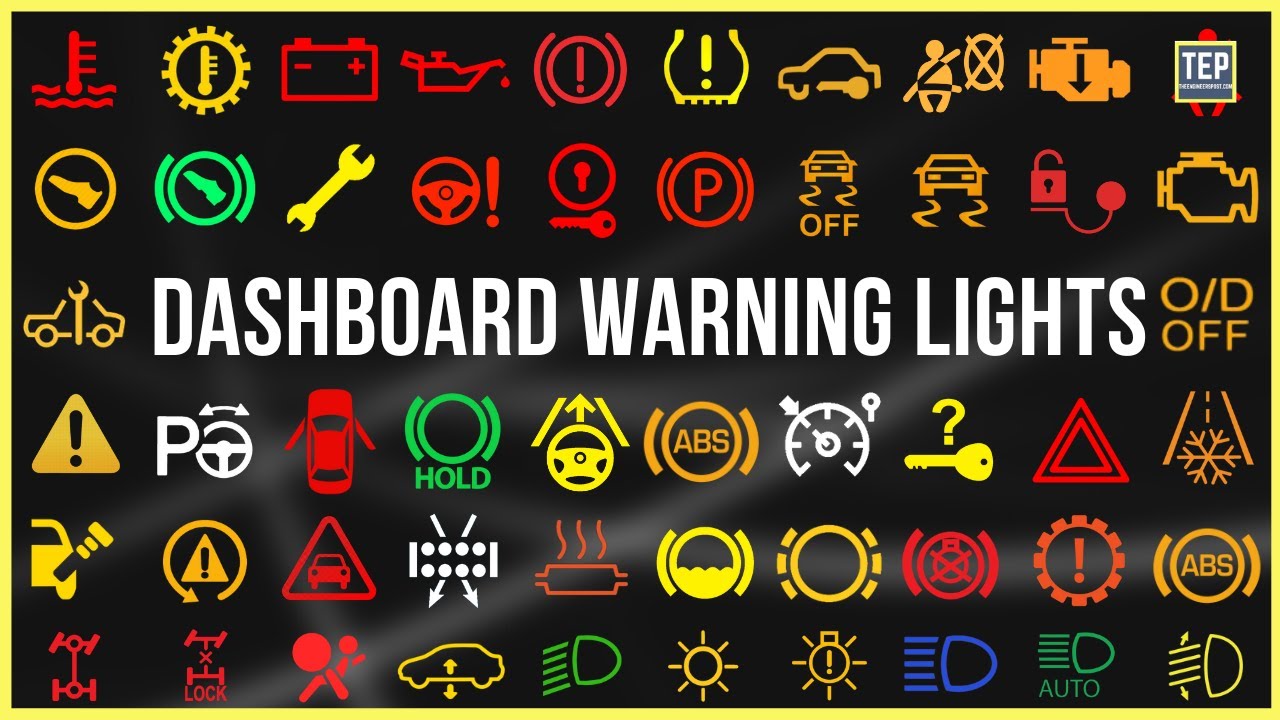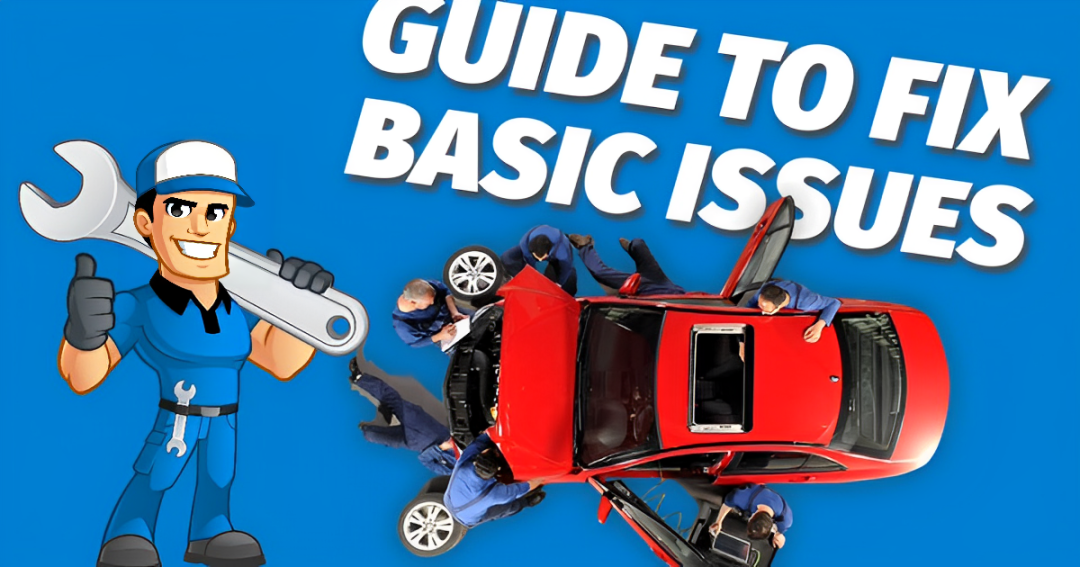When it comes to maintaining and caring for your car, WD-40 is often a go-to solution for various tasks. However, not every application is suitable for this versatile lubricant.
Let’s explore the do’s and don’ts of using WD-40 specifically for automotive purposes.
What is WD-40 and How Does it Work?
WD-40 is a penetrating oil and water-displacing spray that was first developed in 1953. It is made up of a combination of lubricants, detergents, and solvents that work together to provide a thin, protective film that can help to prevent rust and corrosion.
The product’s unique formula allows it to penetrate deep into metal parts, helping to loosen rusted or stuck components and providing lubrication for smooth movement. However, there are some crucial points to remember while using it.
Do’s & Don’ts of Using WD-40

WD-40 has a wide range of safe uses, making it a valuable tool for both household and industrial applications. Here are some do’s and don’ts of using it.
1. Avoid Using WD-40 on Squeaky Fan Belts
Your car’s fan belts and serpentine drive belts are designed to run dry. Lubricating them with WD-40 can lead to potential issues. It’s crucial to avoid using WD-40 on these components to ensure optimal performance.
2. Don’t Spray WD-40 on Tires for Polishing
Using WD-40 as a tire polish is not recommended for car enthusiasts. The lubricant properties may reduce tire friction, potentially compromising grip, especially on motorcycle treads. Opt for dedicated tire products to safely enhance your car’s tires’ appearance.
3. Don’t Use WD-40 to Polish Car Paint
While WD-40 might provide a temporary shine to car paint, it’s not the ideal solution for enhancing your vehicle’s appearance before selling. The shine fades quickly, leaving the paint looking lackluster. For a lasting finish, invest in dedicated car polish products.
4. Use WD-40 for Dispersing Water and Loosening Rust on Bolts
WD-40 finds its true calling in automotive applications, such as dispersing water and loosening rust on bolts. It’s an effective tool for protecting your car’s electronics from water damage and preventing rust on metal surfaces.
5. Used on Locks Without Causing Harm to Electronics
For lock maintenance in the automotive world, WD-40 remains a reliable choice. While other sprays exist, WD-40 has been successfully used on car locks for decades without causing harm to electronics, ensuring the security of your vehicle.
6. Use WD-40 to Remove Rust from Door Hinges
WD-40 is an excellent rust remover for car door hinges. However, following up with a silicone lubricant is essential for long-term effectiveness. WD-40 alone is not a lasting solution, so combining it with a silicone spray ensures continued optimal performance.
7. Small Can of WD-40 for Emergencies
For car enthusiasts, having a small can of WD-40 for emergencies is a smart move. It’s particularly handy for quickly dispersing water on your car’s electronics, showcasing its versatility as a valuable tool in unforeseen situations.
Conclusion
WD-40 is a versatile product that can be used for a wide range of applications. However, it’s important to use the product safely and appropriately to avoid damage or injury. By understanding the safe uses and misuses of WD-40, you can make the most of this versatile product and keep your tools and equipment in top condition.
So the next time you reach for that can of WD-40, take a moment to consider whether it’s the right tool for the job. And remember, with great power comes great responsibility!
Have you ever misused WD-40 or used it in a unique way? Share your experiences in the comments below and help others learn from your mistakes or successes!




